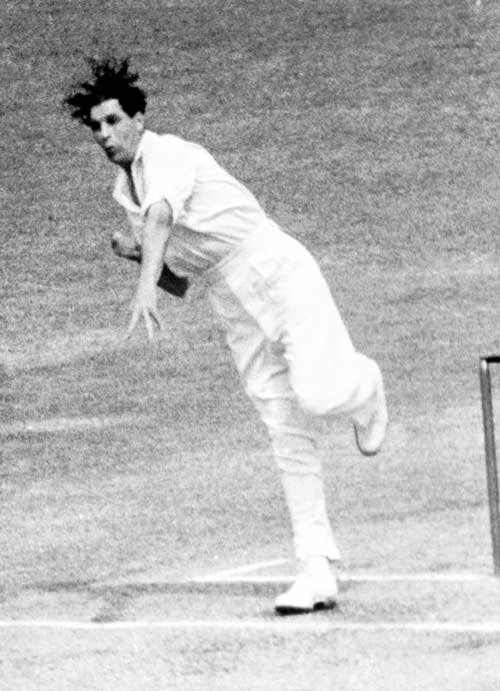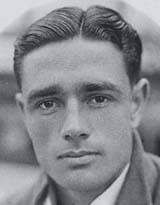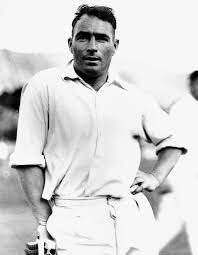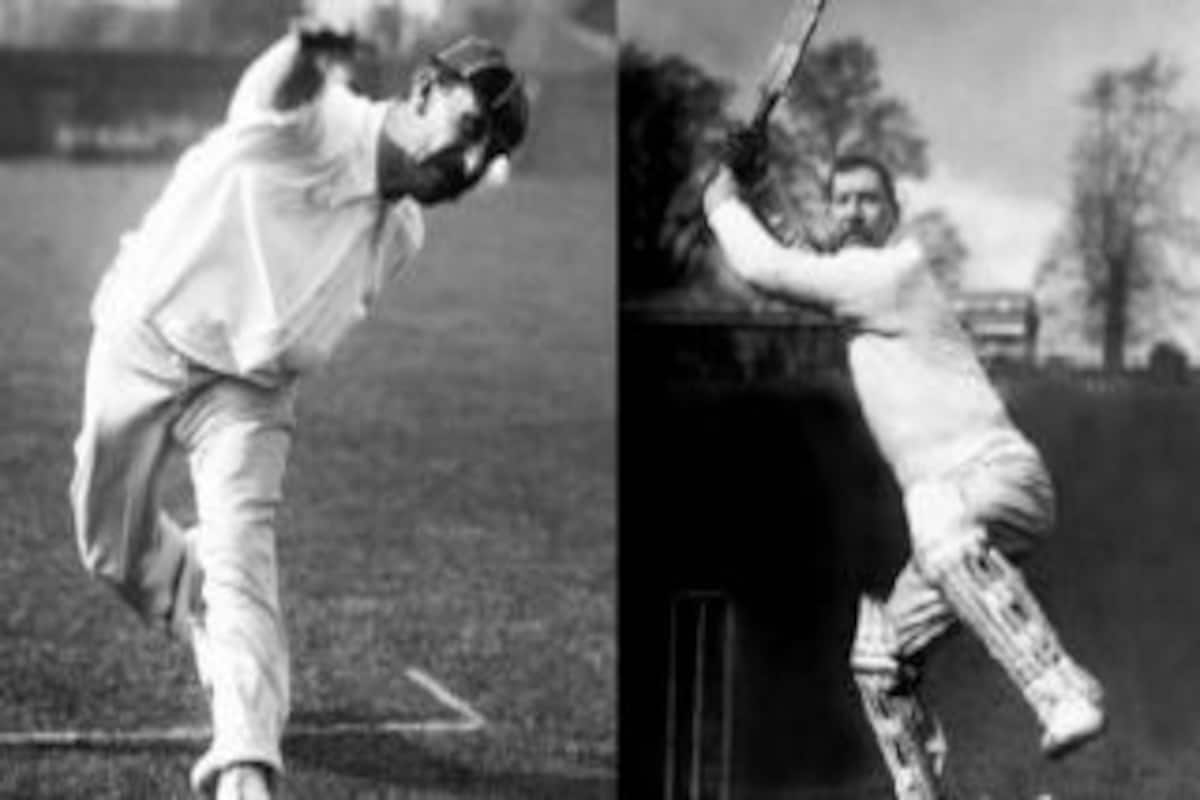blockerdave
ICC Chairman
Sobers and... I know Lawrence Rowe had an obscene Test debut, was it him?
off the top of my head, i think Rowe's debut was a double in one inns and a single in the other, but he does have a triple. i'll check
Sobers and... I know Lawrence Rowe had an obscene Test debut, was it him?

Well I never would have seen that coming - his triple came seven years into his Test career.Just googled it, it's Bob Simpson.
Well I never would have seen that coming - his triple came seven years into his Test career.
Have just looked on Statsguru, and after 29 matches he had 1,653 runs @ 35.93 (15 fifties, best 92). Can you imagine a player being given such a long leash nowadays?


John Albert Young, a short man with a low delivery, joined the Lord's groundstaff and played occasionally for Middlesex before the Second World War, with little success.
Back at Lord's in 1946 he immediately became an integral part of the powerful Middlesex side which was to win the Championship in 1947 and share it in 1949. Displaying what Wisden called `wholehearted endeavour', Young took 122 wickets (16.68) in 1946, his first full season, and a return of 8 for 31 against Yorkshire (following 4 for 41 in the first innings) won him his county cap. He showed his liking for the northern county's batsmen again later that season with 8 for 33 for MCC against Yorkshire (83 all out) in the Scarborough Festival. A hat-trick came his way at Northampton, but this achievement was dwarfed by Bill Edrich's allround efforts: he followed up an innings of 222 not out with 7 for 69 in Northants' first innings.


[DOUBLEPOST=1589867710][/DOUBLEPOST]@ahmedleo414My pick would be Stewie Dempster

Arguable, the greatest batsman from New Zealand, ever.
With 723 runs from 10 tests at an average of 60, he holds one of the highest averages in Test crucket putting a 10 inning cutoff. Also, he made 2 centuries in test cricket.
He was a cosistent and dependable no. 4 in county cricket with over 12000 runs at an average of 45. He'll bat no. 4 in my team and follow up from the big platform set by Barnes and Kirsten.[DOUBLEPOST=1588709912][/DOUBLEPOST]@blockerdave

